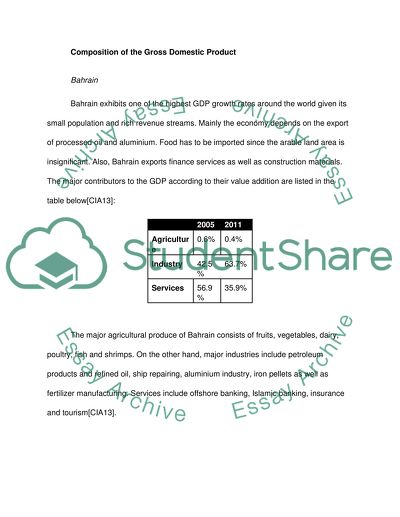Cite this document
(“The comparison of the Macroeconomic State of Bahrain and Saudi Arabia Essay”, n.d.)
Retrieved from https://studentshare.org/macro-microeconomics/1470683-the-comparison-of-the-macroeconomic-state-of-bahrain-and-saudi-arabia-for-the-years-2005-and-2011
Retrieved from https://studentshare.org/macro-microeconomics/1470683-the-comparison-of-the-macroeconomic-state-of-bahrain-and-saudi-arabia-for-the-years-2005-and-2011
(The Comparison of the Macroeconomic State of Bahrain and Saudi Arabia Essay)
https://studentshare.org/macro-microeconomics/1470683-the-comparison-of-the-macroeconomic-state-of-bahrain-and-saudi-arabia-for-the-years-2005-and-2011.
https://studentshare.org/macro-microeconomics/1470683-the-comparison-of-the-macroeconomic-state-of-bahrain-and-saudi-arabia-for-the-years-2005-and-2011.
“The Comparison of the Macroeconomic State of Bahrain and Saudi Arabia Essay”, n.d. https://studentshare.org/macro-microeconomics/1470683-the-comparison-of-the-macroeconomic-state-of-bahrain-and-saudi-arabia-for-the-years-2005-and-2011.


